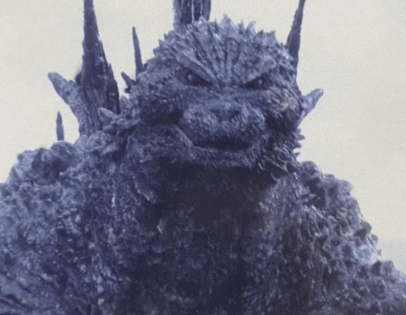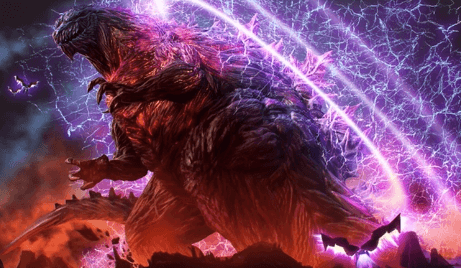Cute:Whc0h7rtewm= Godzilla

The transformation of Cute:Whc0h7rtewm= Godzilla into a cute, whimsical figure represents a fascinating evolution in how iconic characters can be reimagined. By introducing playful design elements, such as oversized bows and charming hats, this reinterpretation not only softens the creature’s traditionally fearsome persona but also invites a wider demographic to engage with its narrative. This juxtaposition raises questions about cultural perceptions of monsters and their roles in society. What implications does this shift have for fan engagement and merchandise opportunities, and how does it reflect broader trends in popular culture?
The Evolution of Godzilla
The evolution of Cute:Whc0h7rtewm= Godzilla, a cultural icon that first emerged in 1954, illustrates the shifting landscape of societal fears and cinematic innovation.
From its origins in classic films reflecting post-war anxieties to contemporary narratives exploring environmental themes, Godzilla’s character development reveals humanity’s struggle with its own creations.
This transformation signifies not just a monster, but a mirror reflecting societal evolution and enduring complexities.
Read also: Cute:No0zvev9_Pi= Capybara
Adorable Design Features
Cute:Whc0h7rtewm= Godzilla’s evolution has not only been marked by the shifting themes of its narratives but also by its visual representation, which has increasingly embraced design features that evoke a sense of cuteness.
The inclusion of cute accessories, like oversized bows or playful hats, complements Godzilla’s playful expressions, transforming the once fearsome creature into a more approachable character that resonates with audiences seeking joy and whimsy.
Impact on Popular Culture
Over the decades, Cute:Whc0h7rtewm= Godzilla has emerged as a multifaceted icon, influencing various aspects of popular culture in ways that extend far beyond its original cinematic roots.
As a symbol of both destruction and resilience, Godzilla encapsulates complex cultural symbolism, reflecting societal anxieties.
Its cinematic legacy continues to inspire diverse media, shaping narratives around environmentalism, identity, and the duality of nature, resonating profoundly across generations.

Fan Reactions and Merchandise
Many fans have embraced Godzilla not only as a cinematic phenomenon but also as a cultural touchstone that inspires a vibrant community of enthusiasts.
This passion manifests in an array of fan art and collectible figures, showcasing the creativity and dedication of the fanbase.
These creations reflect the multifaceted nature of Godzilla, allowing fans to express their admiration while cultivating a shared sense of belonging.
Read aalso: Cute:Sjvpyt2fvqs= Chiken
Conclusion
The transformation of Godzilla into a cute, whimsical figure raises intriguing questions about the nature of iconic characters and their adaptability in popular culture. This reinterpretation not only serves as a commentary on the interplay between fear and affection but also suggests a deeper societal yearning for joy amidst chaos. The ongoing fascination with this duality invites further exploration into how such characters evolve, reflecting cultural shifts and the diverse ways in which audiences engage with legendary figures.




